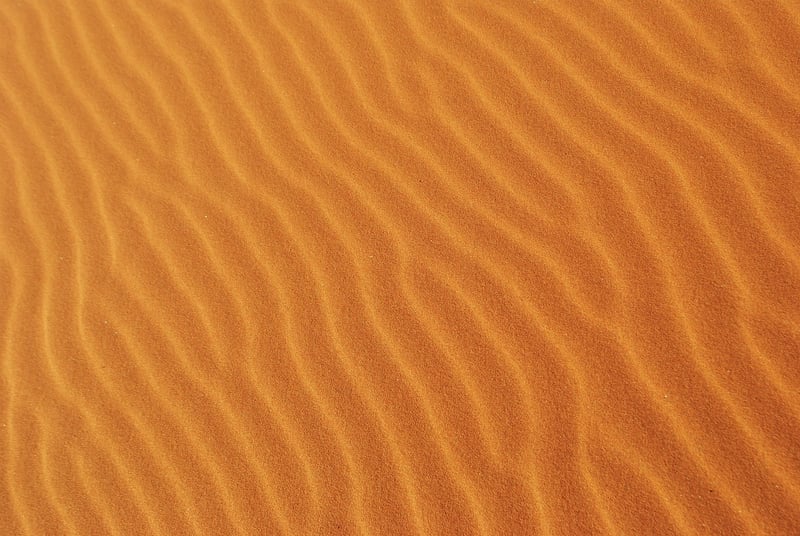Sand Patterns
The Beauty of Sand Patterns: Essential Components

Introduction
Sand patterns are a mesmerizing natural phenomenon that can be found in various landscapes around the world. Understanding the essential components that contribute to the formation of these intricate designs can help us appreciate the beauty of nature even more.
Wind
One of the key components in creating sand patterns is the wind. As the wind blows over the surface of the sand, it carries grains of sand with it, creating ripples and dunes that form unique patterns over time.
Gravity
Gravity also plays a significant role in shaping sand patterns. The force of gravity causes sand grains to settle and accumulate in certain areas, leading to the formation of distinct patterns such as ripples and cross-bedding.
Water
Water, whether from rainfall, rivers, or tides, can influence the formation of sand patterns. The presence of water can create intricate designs as it interacts with the sand, shaping and sculpting the surface in a dynamic way.
Organic Matter
Organic matter, such as plants and microorganisms, can also contribute to the creation of sand patterns. These living organisms can stabilize the sand, preventing erosion and influencing the development of unique patterns over time.
Conclusion
By understanding the essential components that contribute to the formation of sand patterns, we can gain a deeper appreciation for the beauty and complexity of these natural phenomena. Next time you encounter a mesmerizing sand pattern, take a moment to marvel at the intricate interplay of wind, gravity, water, and organic matter that has shaped it over time.
Image source: Pixabay
